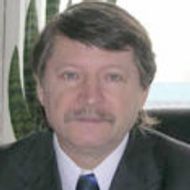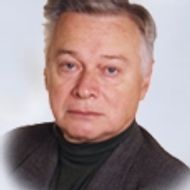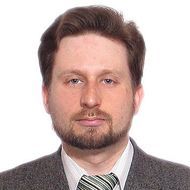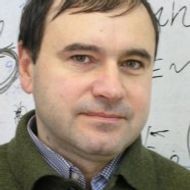
- A
- A
- A
- ABC
- ABC
- ABC
- А
- А
- А
- А
- А
-
The School
-
Divisions
-
Educational Programs
- Bachelor’s programmes
- Master’s programmes
- Electives
The School of Electronic Engineering was created in 2015. Our research activity focuses on finding most effective engineering solutions in the field of electronics and nanoelectronics, condensed matter physics, information and communication devices and communication systems, intelligent control of technical systems. We implement the following educational programmes:
‘Infocommunication technologies and communication systems’, ‘Information Security’ (BS),
‘Applied Electronics and Photonics, ‘Internet of Things and Cyber-physical Systems’, ‘Information Security of Cyber-physical Systems’, ‘Cybersecurity’ (MS).
Information and Communication Technologies and Systems
Information Security
Kharlamov A. A., Pantiukhin D., Borisov V. et al.
Newcastle upon Tyne: Cambridge Scholars Publishing, 2024.
Bondarenko G.G., Kristya V. I., Savichkin D. O. et al.
Journal of Surface Investigation: X-Ray, Synchrotron and Neutron Techniques. 2024. Vol. 18. No. 2. P. 327-332.
Gupta R., Yelizarov (Elizarov) A. A., Nazarov I. et al.
In bk.: 2024 Systems of signals generating and processing in the field of on board communications. IEEE, 2024. P. 1-5.
Kagan M., Аксёнов С. В.
Research Suqare. Research Square. Springer, 2024. No. 1.
Tag "physical chemistry" – News


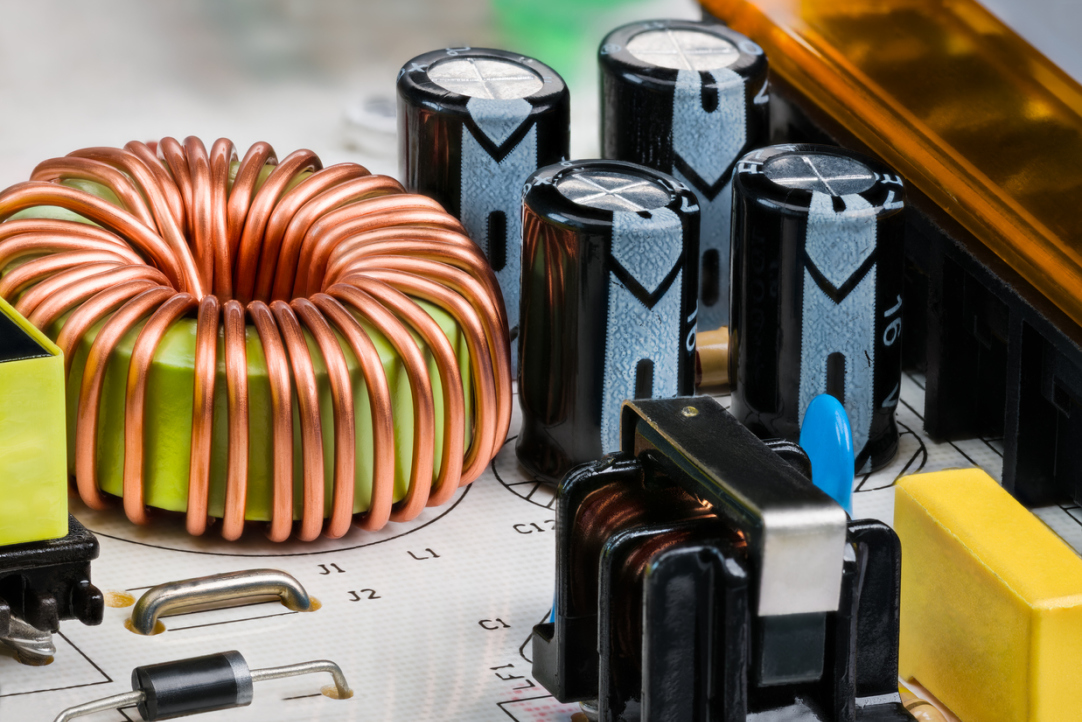
- About
- About
- Key Figures & Facts
- Faculties & Departments
- International Partnerships
- Faculty & Staff
- HSE Buildings
- Public Enquiries
- Studies
- Admissions
- Programme Catalogue
- Undergraduate
- Graduate
- Exchange Programmes
- Summer University
- Summer Schools
- Semester in Moscow
- Business Internship
-
https://elearning.hse.ru/en/mooc/
Massive Open Online Courses
-
https://www.hse.ru/en/visual/
HSE Site for the Visually Impaired
-
http://5top100.com/
Russian Academic Excellence Project 5-100
- © HSE University 1993–2024 Contacts Copyright Privacy Policy Site Map
- Edit
